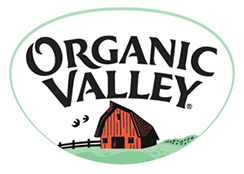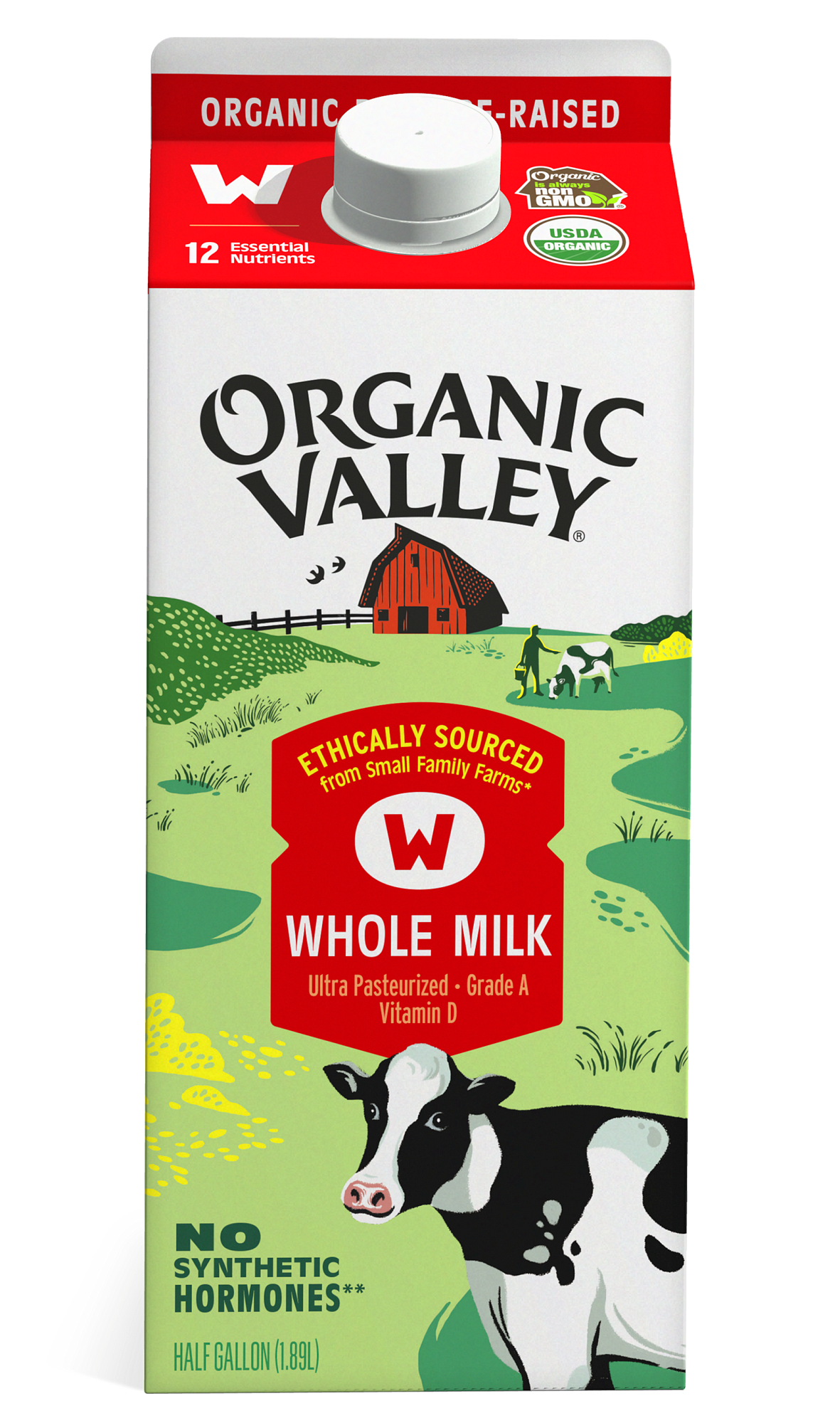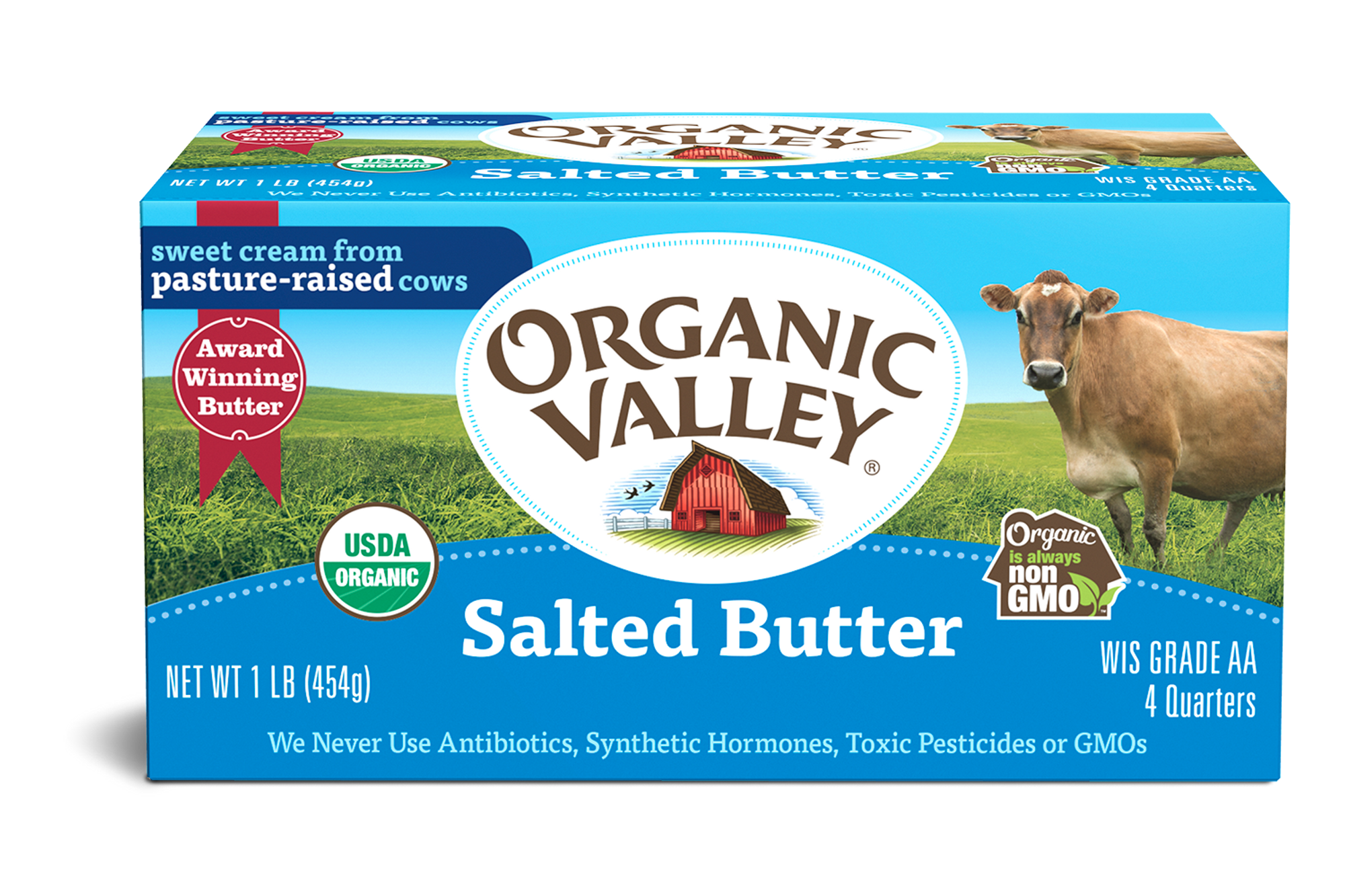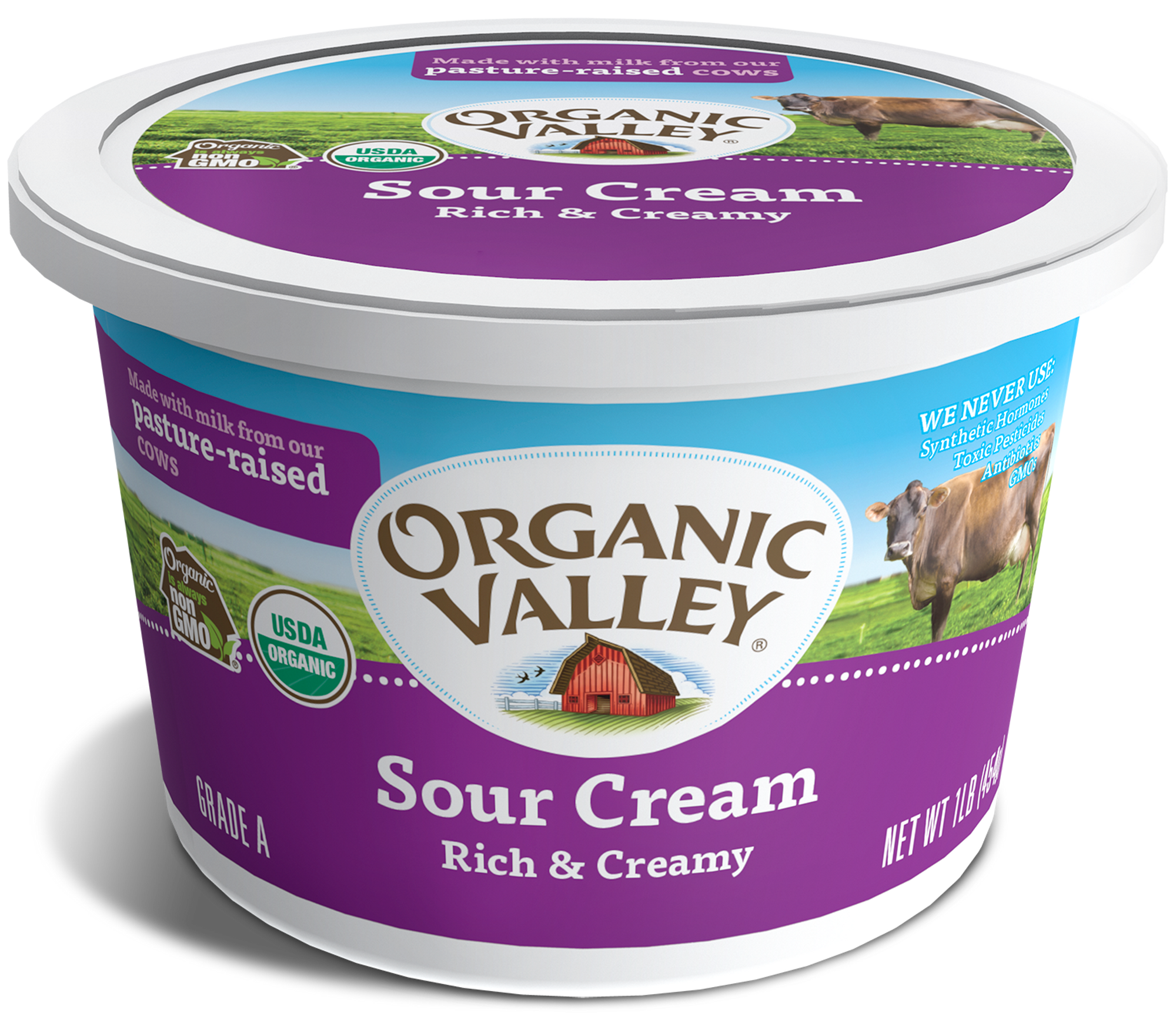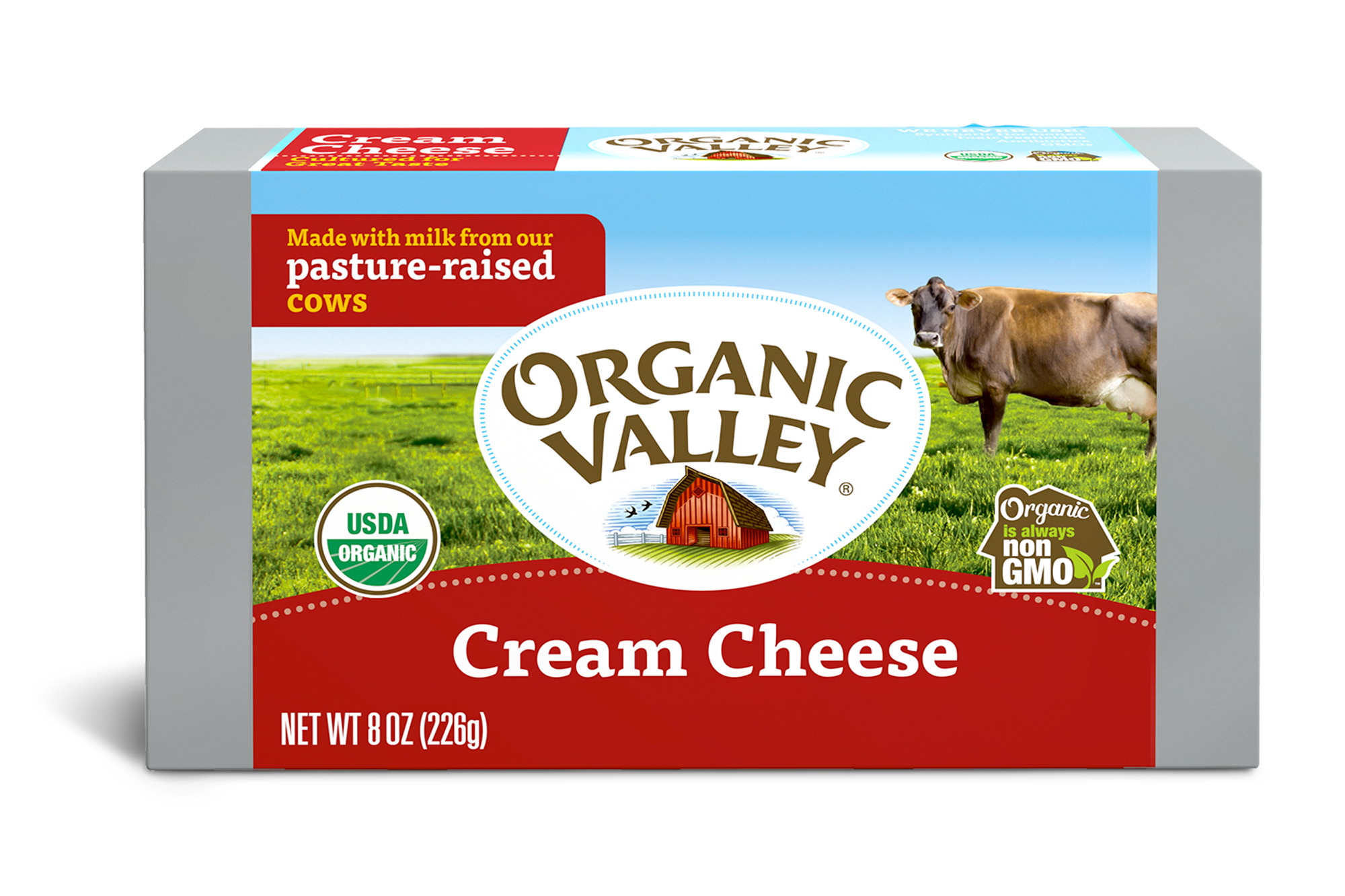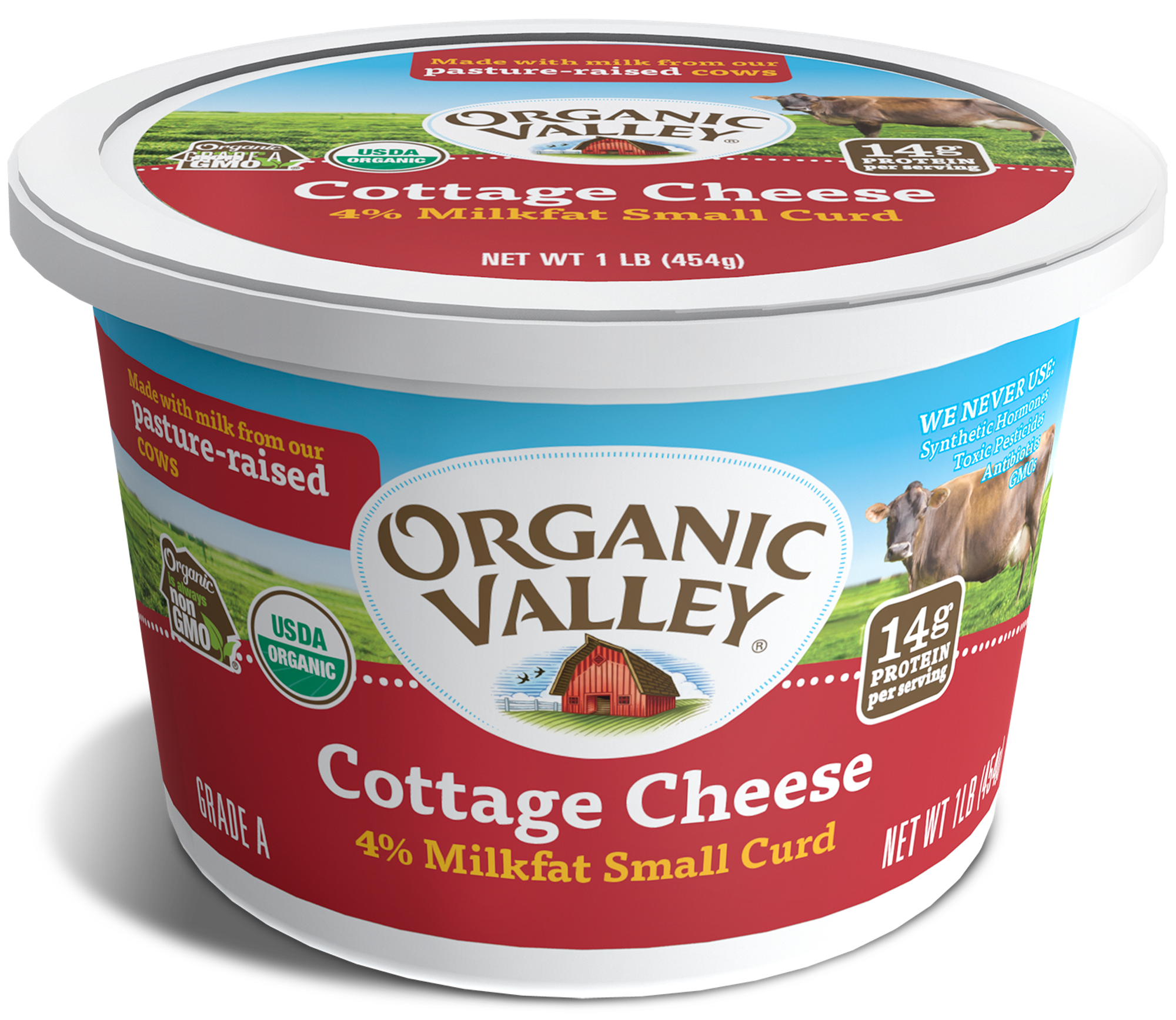
LOWFAT 1% MILK
Organic Valley cows spend their days grazing in green pastures, which helps them produce milk with more omega-3s and CLA (conjugated linoleic acid) than conventional milk. Our milk is always produced without antibiotics, synthetic hormones, toxic pesticides or GMOs.


